 This blog post has been made to explain what is the “On this day i hacked your OS” BitCoin e-mail scam (1FgfdebSqbXRciP2DXKJyqPSffX3Sx57RF)and how you can remove it from your computer effectively.
This blog post has been made to explain what is the “On this day i hacked your OS” BitCoin e-mail scam (1FgfdebSqbXRciP2DXKJyqPSffX3Sx57RF)and how you can remove it from your computer effectively.
A new wave of scam e-mails has been detected to extort victims under the pretext their computers have been compromised. The scam begins with the sentence “On this day i hacked your OS and got full access to your account” and it’s main goal is to get users to send BitCoins to the wallet 1FgfdebSqbXRciP2DXKJyqPSffX3Sx57RF, which belongs to the scammers. If you have seen this message, please do not fall victim to this scam and try to block such e-mails in the future. If you have seen those e-mails, it is important to read the following article.

Threat Summary
| Name | "On this day i hacked your OS" |
| Type | E-mail Scam |
| Short Description | Aims to trick victims into paying the cyber-criminals BitCoins. |
| Symptoms | You receive an e-mail message aiming to tell you that your computer and account has been hacked and you must pay money to delete evidence the extortionist has on you. |
| Distribution Method | Via e-mail. |
| Detection Tool |
See If Your System Has Been Affected by viruses related to the "On this day i hacked your OS"
Download
Malware Removal Tool
|
User Experience | Join Our Forum to Discuss "On this day i hacked your OS". |

“On this day i hacked your OS” – How Does It Work?
The e-mails that are sent to victims contain a very threatening note. They may also contain information about the victims themselves. This information is often personal and it may also have the victim’s name and other details the crooks may have gathered on the victim. The message that is sent has the following contents:
I have very bad news for you. 03/08/2018 – on this day I hacked your OS and got full access to your account {victim’s bank account} On this day your account {victim account} has password: {some type of password. So, you can change the password, yes.. But my malware intercepts it every time.” [… technical nonsense here …] “And I got an idea…. I made a screenshot of the adult sites where you have fun (do you understand what it is about, huh?). After that, I made a screenshot of your joys (using the camera of your device) and glued them together. Turned out amazing! You are so spectacular! I know that you would not like to show these screenshots to your friends, relatives or colleagues. I think $760 is a very, very small amount for my silence. Besides, I have been spying on you for so long, having spent a lot of time! Pay ONLY in Bitcoins! My BTC wallet: 1FgfdebSqbXRciP2DXKJyqPSffX3Sx57RF
If you see a message that is similar to the “On this day i hacked your OS” above, it is very important for you not to answer it, because doing so may result in you sending your money to a scammer. This is because the scammers aim to use the fear of their victims that their security and accounts have been compromised and convince them to send the crooks money in order to get the crooks to delete anything associated with the victim.
Another reason why you should definitely ignore those e-mails is because even if you pay the ransom wanted from you in BTC, there is absolutely no guarantee whatsoever that they will delete your files, not to mention that such files are very likely to not even exist. And even if you ask them to send you evidence as a guarantee that they have dirt on you, they will most likely not respond with such compromising proof.

How to Remove “On this day i hacked your os” – Related E-mails and How to Block Them In the Future
If you believe that you receive those e-mails as a result of a virus or adware that is collecting your information and this is how the cyber-criminals have gotten into your computer, then we advise you to remove it ASAP. The best method of doing so according to security professionals is to use the instructions underneath in combination with an advanced anti-malware software to scan your computer. Such tool aims to scan your computer and make sure that malicious files are fully gone from it and the system is protected against intrusions.
And if your computer is clean, but you want to protect yourself from malicious e-mails, we strongly suggest that you read the related article on how to protect yourself from getting infected by malicious e-mails underneath:
Furthermore, when it comes to checking if an e-mail attachment is legitimate or fake, you can also use the free service ZipeZip to which you can simply forward the e-mails, soon after which you will receive a reply, telling you whether or not the attachment is legitimate or fake.
Preparation before removing "On this day i hacked your OS".
Before starting the actual removal process, we recommend that you do the following preparation steps.
- Make sure you have these instructions always open and in front of your eyes.
- Do a backup of all of your files, even if they could be damaged. You should back up your data with a cloud backup solution and insure your files against any type of loss, even from the most severe threats.
- Be patient as this could take a while.
- Scan for Malware
- Fix Registries
- Remove Virus Files
Step 1: Scan for "On this day i hacked your OS" with SpyHunter Anti-Malware Tool
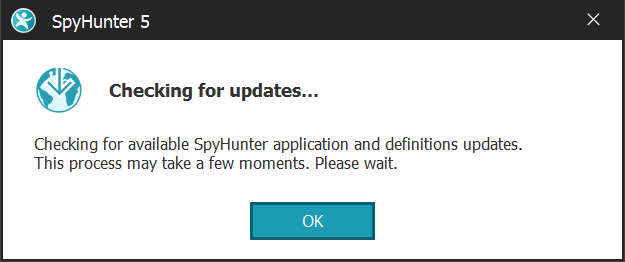
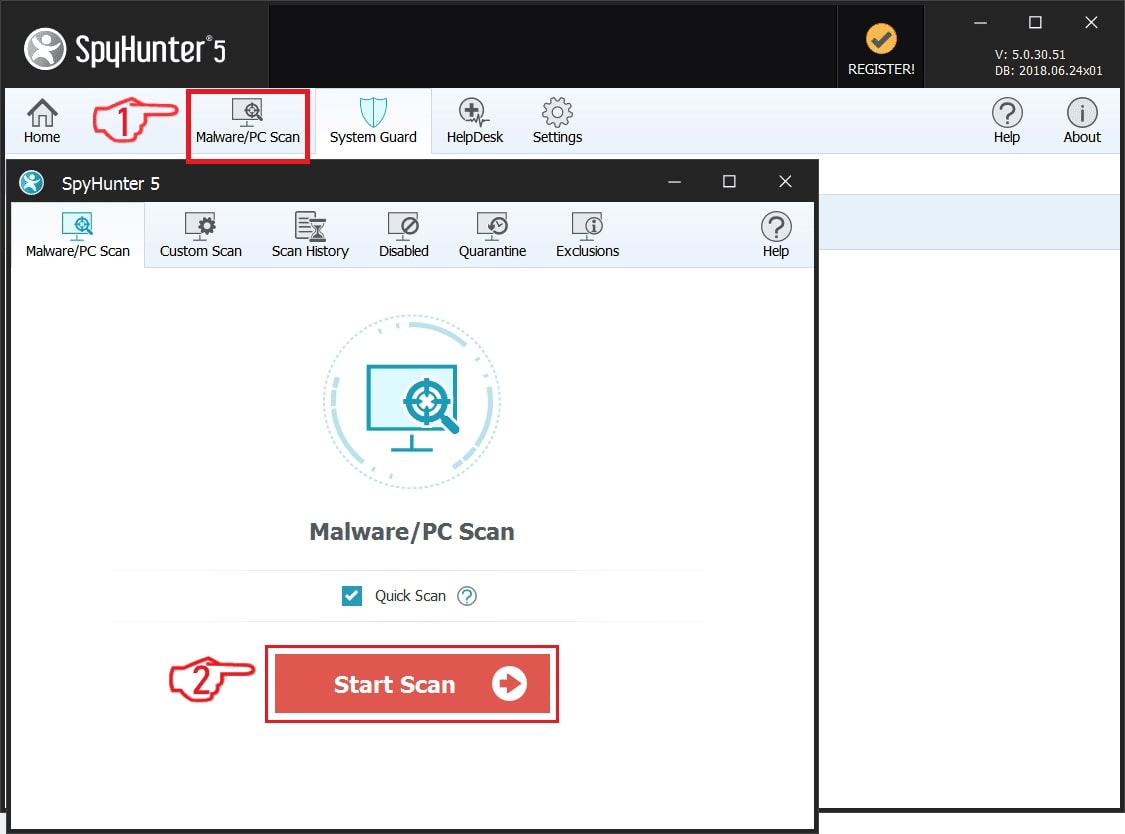
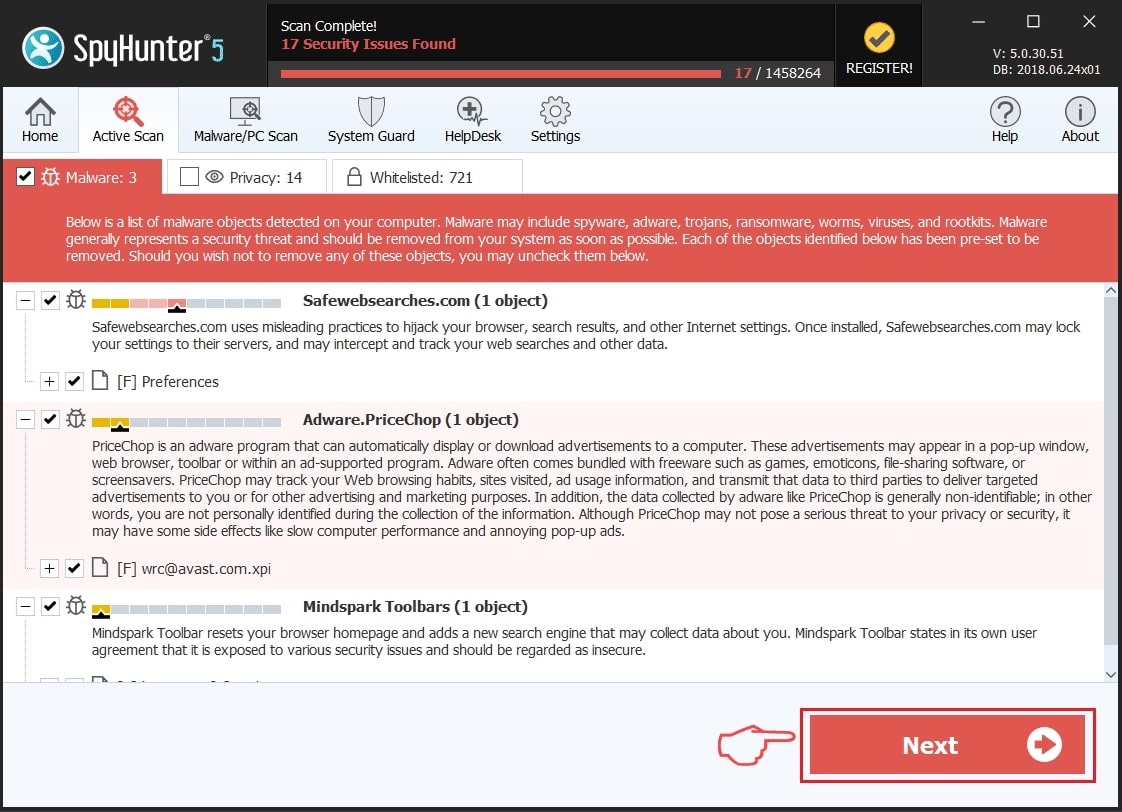
Step 2: Clean any registries, created by "On this day i hacked your OS" on your computer.
The usually targeted registries of Windows machines are the following:
- HKEY_LOCAL_MACHINE\Software\Microsoft\Windows\CurrentVersion\Run
- HKEY_CURRENT_USER\Software\Microsoft\Windows\CurrentVersion\Run
- HKEY_LOCAL_MACHINE\Software\Microsoft\Windows\CurrentVersion\RunOnce
- HKEY_CURRENT_USER\Software\Microsoft\Windows\CurrentVersion\RunOnce
You can access them by opening the Windows registry editor and deleting any values, created by "On this day i hacked your OS" there. This can happen by following the steps underneath:
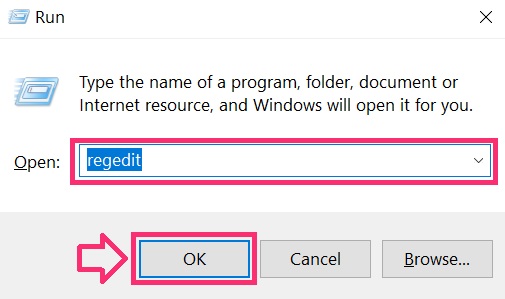

 Tip: To find a virus-created value, you can right-click on it and click "Modify" to see which file it is set to run. If this is the virus file location, remove the value.
Tip: To find a virus-created value, you can right-click on it and click "Modify" to see which file it is set to run. If this is the virus file location, remove the value.Step 3: Find virus files created by "On this day i hacked your OS" on your PC.
1.For Windows 8, 8.1 and 10.
For Newer Windows Operating Systems
1: On your keyboard press + R and write explorer.exe in the Run text box and then click on the Ok button.
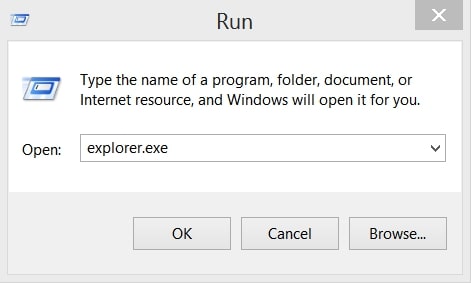
2: Click on your PC from the quick access bar. This is usually an icon with a monitor and its name is either “My Computer”, “My PC” or “This PC” or whatever you have named it.
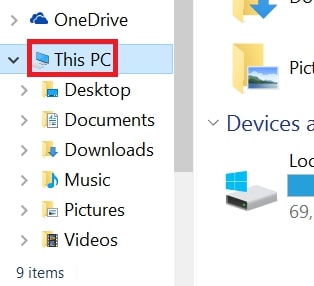
3: Navigate to the search box in the top-right of your PC's screen and type “fileextension:” and after which type the file extension. If you are looking for malicious executables, an example may be "fileextension:exe". After doing that, leave a space and type the file name you believe the malware has created. Here is how it may appear if your file has been found:
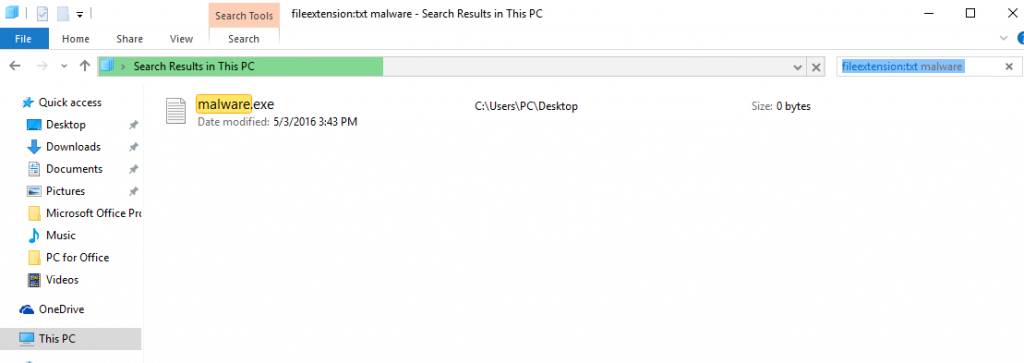
N.B. We recommend to wait for the green loading bar in the navigation box to fill up in case the PC is looking for the file and hasn't found it yet.
2.For Windows XP, Vista, and 7.
For Older Windows Operating Systems
In older Windows OS's the conventional approach should be the effective one:
1: Click on the Start Menu icon (usually on your bottom-left) and then choose the Search preference.
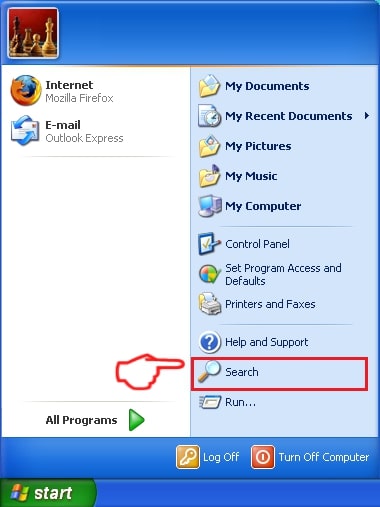
2: After the search window appears, choose More Advanced Options from the search assistant box. Another way is by clicking on All Files and Folders.
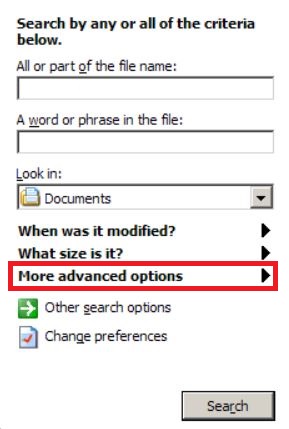
3: After that type the name of the file you are looking for and click on the Search button. This might take some time after which results will appear. If you have found the malicious file, you may copy or open its location by right-clicking on it.
Now you should be able to discover any file on Windows as long as it is on your hard drive and is not concealed via special software.
"On this day i hacked your OS" FAQ
What Does "On this day i hacked your OS" Trojan Do?
The "On this day i hacked your OS" Trojan is a malicious computer program designed to disrupt, damage, or gain unauthorized access to a computer system. It can be used to steal sensitive data, gain control over a system, or launch other malicious activities.
Can Trojans Steal Passwords?
Yes, Trojans, like "On this day i hacked your OS", can steal passwords. These malicious programs are designed to gain access to a user's computer, spy on victims and steal sensitive information such as banking details and passwords.
Can "On this day i hacked your OS" Trojan Hide Itself?
Yes, it can. A Trojan can use various techniques to mask itself, including rootkits, encryption, and obfuscation, to hide from security scanners and evade detection.
Can a Trojan be Removed by Factory Reset?
Yes, a Trojan can be removed by factory resetting your device. This is because it will restore the device to its original state, eliminating any malicious software that may have been installed. Bear in mind that there are more sophisticated Trojans that leave backdoors and reinfect even after a factory reset.
Can "On this day i hacked your OS" Trojan Infect WiFi?
Yes, it is possible for a Trojan to infect WiFi networks. When a user connects to the infected network, the Trojan can spread to other connected devices and can access sensitive information on the network.
Can Trojans Be Deleted?
Yes, Trojans can be deleted. This is typically done by running a powerful anti-virus or anti-malware program that is designed to detect and remove malicious files. In some cases, manual deletion of the Trojan may also be necessary.
Can Trojans Steal Files?
Yes, Trojans can steal files if they are installed on a computer. This is done by allowing the malware author or user to gain access to the computer and then steal the files stored on it.
Which Anti-Malware Can Remove Trojans?
Anti-malware programs such as SpyHunter are capable of scanning for and removing Trojans from your computer. It is important to keep your anti-malware up to date and regularly scan your system for any malicious software.
Can Trojans Infect USB?
Yes, Trojans can infect USB devices. USB Trojans typically spread through malicious files downloaded from the internet or shared via email, allowing the hacker to gain access to a user's confidential data.
About the "On this day i hacked your OS" Research
The content we publish on SensorsTechForum.com, this "On this day i hacked your OS" how-to removal guide included, is the outcome of extensive research, hard work and our team’s devotion to help you remove the specific trojan problem.
How did we conduct the research on "On this day i hacked your OS"?
Please note that our research is based on an independent investigation. We are in contact with independent security researchers, thanks to which we receive daily updates on the latest malware definitions, including the various types of trojans (backdoor, downloader, infostealer, ransom, etc.)
Furthermore, the research behind the "On this day i hacked your OS" threat is backed with VirusTotal.
To better understand the threat posed by trojans, please refer to the following articles which provide knowledgeable details.


